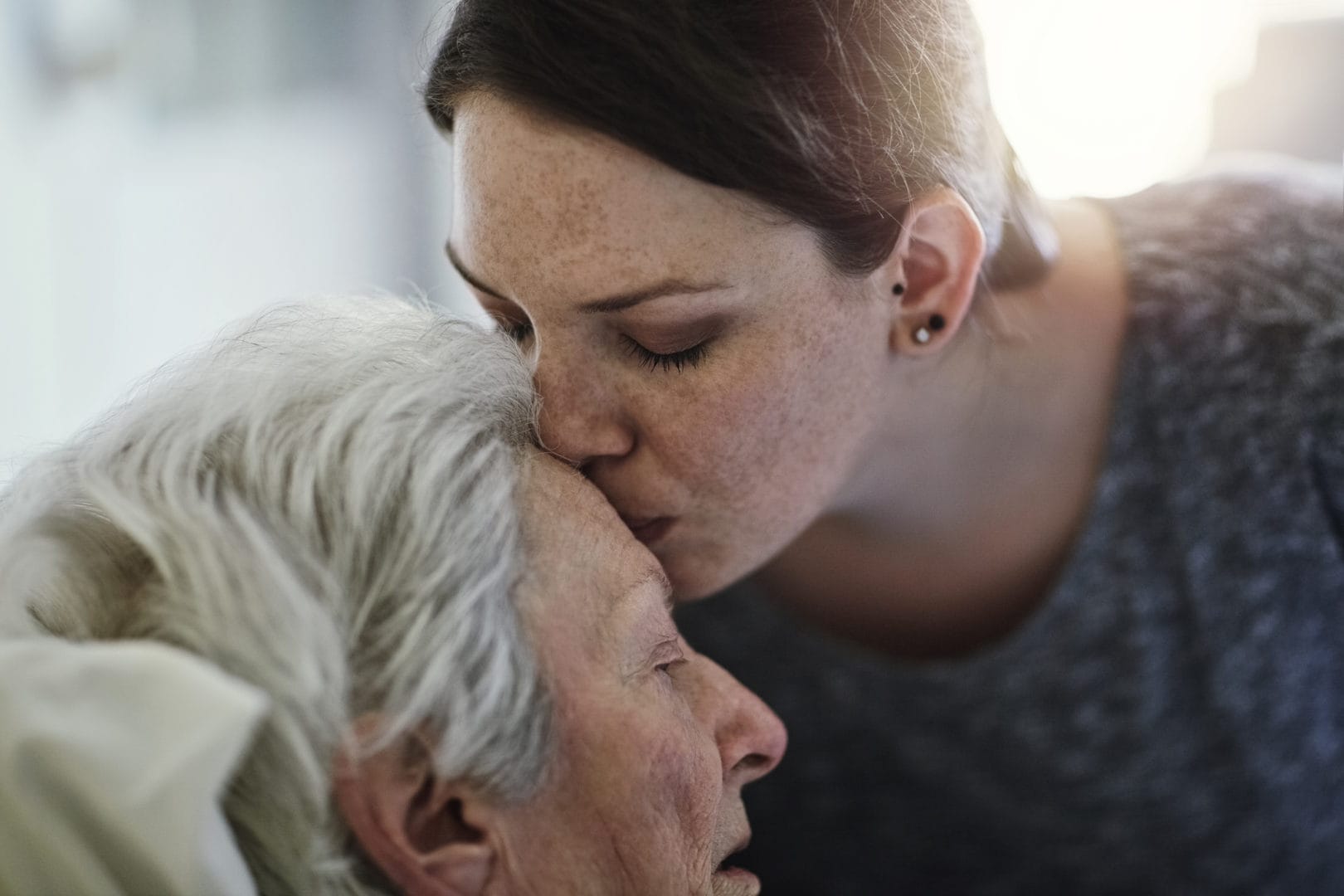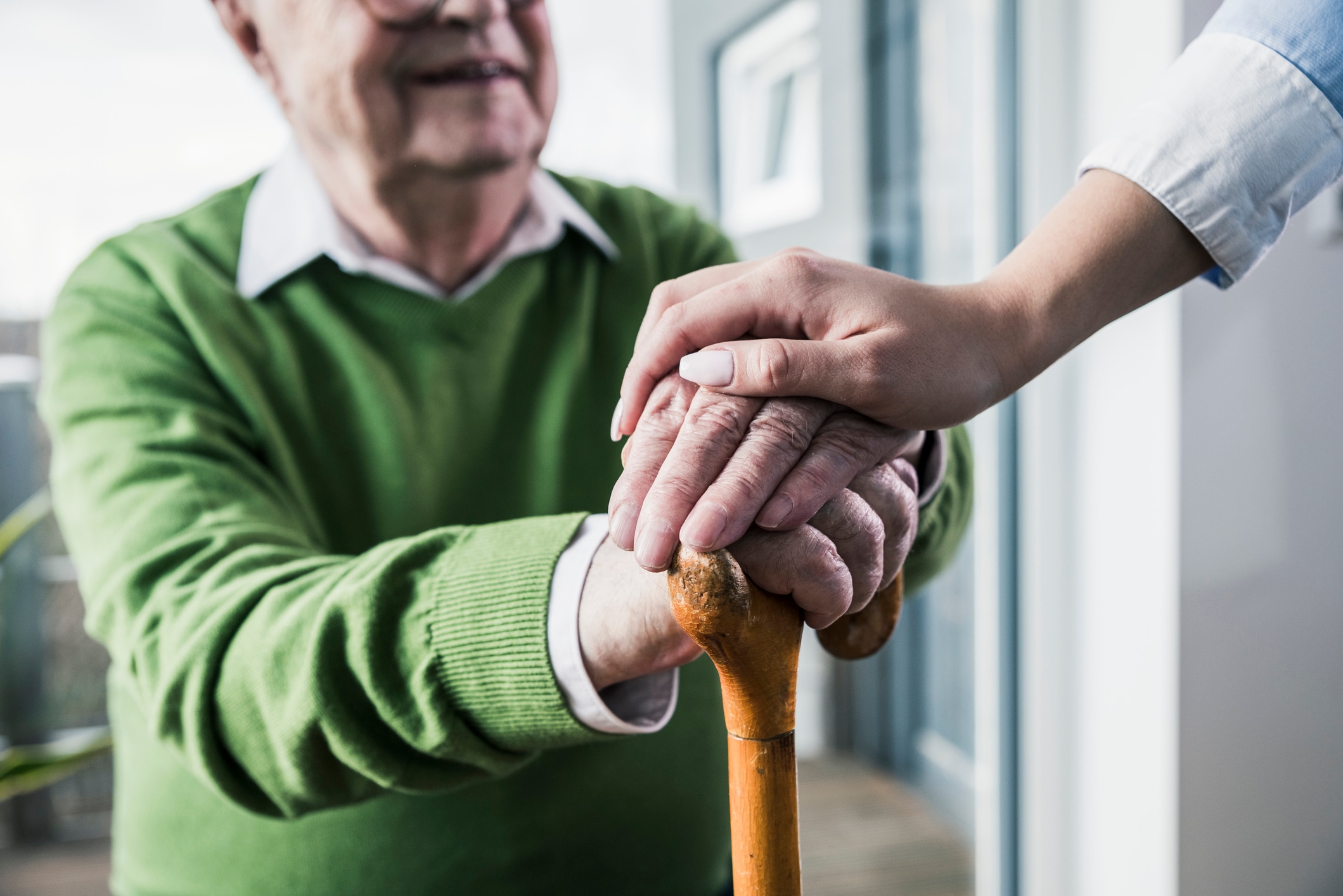In this article
Make no mistake about it: Caregiving takes its mental and physical toll. Overseeing everything from medications to medical appointments to information management, family caregivers have so much on their plates that they often overlook the most essential thing: themselves.
One study published in the journal Aging and Mental Health shows that 71% of family caregivers experience high levels of caregiver burden, or stress, and as many as 59.5% experience signs of burnout or compassion fatigue. Another study in the Journal of Adult Development showed that family caregivers may be more susceptible to compassion fatigue than professional caregivers because of the lack of systemic support they receive.
But what is compassion fatigue exactly, and is it avoidable? Here’s what experts say.
What is compassion fatigue?
Compassion fatigue occurs when a caregiver’s level of empathy for their care partner leads to a heightened stress response. Psychologist Charles R. Figley describes it as the “cost of caring” for others who are in emotional pain. When caregivers are unable to find the space to refuel, they can experience intense physical and psychological deterioration.
“You want to isolate because there’s too much coming at you.”
— Patricia Smith, founder of the Compassion Fatigue Awareness Project
Caregiver burnout vs. compassion fatigue, the term “compassion fatigue” is often used interchangeably with other terms like “burnout” and “secondary traumatic stress.” But according to Patricia Smith, founder of the Compassion Fatigue Awareness Project (CFAP) and a certified Compassion Fatigue Specialist, they’re all kind of the same. They’re a result of caregivers taking on someone else’s pain and suffering as their own — and their life is disrupted.
Signs of compassion fatigue
Compassion fatigue can affect your mental, emotional and physical health. “You want to isolate because there’s too much coming at you,” says Smith. “You have emotional outbursts, because you probably pushed things down in order to deal with your life. You shut down your emotions. You experience persistent physical ailments, like a scratchy throat, a headache that never goes away, digestive problems, pain in your back and neck.”
Other common symptoms of compassion fatigue include:
- Chronic exhaustion.
- Guilt.
- Trouble sleeping.
- Weight loss.
- Poor work-life balance.
- Diminished sense of career fulfillment.
“If you have this, you know. It’s just your whole life,” notes Smith.
But why does it happen?
What can cause compassion fatigue
Common risk factors for compassion fatigue include:
- Lack of training/being new to caregiving.
- Having a history of personal trauma.
- A history of burnout.
- Poor communication skills.
- Excessive empathy.
Additionally, not having a support system is a major risk factor.
When Athena Casamento’s father was diagnosed with stage 4 prostate cancer, Casamento was in her senior year of college. Still, she went home for three days a week every single week that year to help her mom care for her father. “I shut down everything inside of me,” she says. “I became very task-oriented.”
When she moved back home after college, her father was still sick. So she juggled work and caregiving, arriving at work an hour before everyone else just so she could pull herself together. “I was putting up a front,” she says. “I didn’t want the people around me to think it would affect my work. I didn’t want anyone to think I couldn’t handle it.”
This tendency to grin and quietly bear it is exactly what can lead caregivers straight into the arms of compassion fatigue.
“I think in this culture, we’re so individualistic, and we talk about survival of the fittest as if it’s everyone for themselves. But we don’t talk about how we all really depend on each other.”
— Robin Tarter, eldercare researcher, community health nurse and critical gerontologist.
“I think in this culture, we’re so individualistic, and we talk about survival of the fittest as if it’s everyone for themselves,” says Robin Tarter, an eldercare researcher, community health nurse and critical gerontologist. “But we don’t talk about how we all really depend on each other.”
Tarter is unyielding on the fact that nobody can do this alone. “I’ve seen in my research, in my personal experience and in my work as a nurse that there’s a lot of validation given to people who are the superheroes to carry all the weight, like that’s an ideal to aspire to,” she says. “But if you do that, you’re not actually doing a good job, because people who are facing serious illness [or] older adults need help from multiple people. One person cannot meet all of their needs.”
How to heal from and prevent compassion fatigue
Here are six steps you can take to mitigate the effects of compassion fatigue as a caregiver. Many of these tips are included in the Caregiver’s Bill of Rights Smith created as part of her CFAP work to remind caregivers that they have a right to be respected, to be heard and to be seen as a whole person.
1. Set boundaries
Tarter recommends drawing up a list of all the things you might be asked to do — or feel obligated to do. Then, ask yourself:
- What do I actually feel comfortable and safe doing?
- What am I good at?
- What would feel good to do?
- What doesn’t feel good for me?
Finally, have a conversation about those personal boundaries with the loved one who requires care.
Tarter encourages caregivers to acknowledge in this conversation how their new role could radically change the nature of their relationship with a loved one. You might say, “If I did these things, I wouldn’t be able to be your daughter or your son, and it’s really important for me to be that.”
Casamento admits that this shift in the dynamic of the relationship she had with her father was jarring. “The joke was that I was the ’emotional support animal,'” she says. “It’s always scary when you go from being the kid to being the parent.”
2. Outsource certain tasks
After putting firm boundaries in place, the most important thing you can do is ask for help. This can start with simply outsourcing the tasks you don’t have time for or which require more energy than you have.
When her husband was diagnosed with Parkinson’s disease, Marie Head, a care partner and member of the Parkinson’s Foundation People with Parkinson’s Council, thought she had to do it all. In fact, she considered turning down a major career opportunity in order to focus on his care. After all, they were already also caring for her husband’s 90-year-old mother.
But she eventually became more open to receiving outside help. “We convinced [my mother-in-law] to hire in-home care to help with things like housekeeping, cooking and picking up medicine and groceries,” she explains. They also hired a regular housekeeper, plus landscapers, for themselves.
3. Build a support network of friends and family
This goes beyond delegating tasks to outside service providers. Heather Watkins, a disability advocate who was born with a form of muscular dystrophy, began caring for her father after he had a mild stroke. Watkins herself uses mobility aids and a ventilator, so she became adept at asking for help when she needed it. She turned to her daughter, her partner and her nephew when she felt depleted.
“It also helped a lot to talk to good friends who’d check in on me and disabled caregivers I knew in advocacy circles,” she says. Those who had experiences similar to her own were able to share tips and resources.
“There’s this sense that you have to be strong and take it on, and you can’t crack, and I think that was a big piece of why I didn’t reach out for help.”
— Athena Casamento, family caregiver
4. Find comfort in support groups
You might have to look outside your personal circle with this type of support. Tarter recommends seeking out peer support groups for caregivers or support groups associated with the specific illness a loved one is facing. “I think the best support is from other people who have lived it,” Watkins says.
Casamento wishes she had turned to such groups sooner. “There’s this sense that you have to be strong and take it on, and you can’t crack, and I think that was a big piece of why I didn’t reach out for help,” she says. “It’s easier to not tell people so then they don’t feel bad for you. But it’s easy to see now that I should have reached out for help.”
She and her sister eventually began attending a grief support group, which helped show her that she wasn’t alone. “That really helped because no one talks about grief,” she says. “No one tells you how you’re supposed to feel or that it’s OK to feel angry.”
5. Talk about your experience
Tarter explains that, culturally, there is this persistent idea that women are the caregivers. And once they step into these roles, they feel they must do it all alone. “We don’t talk about it,” she says. “It’s not part of the public dialogue. And one of the most problematic aspects of the position of caring for a parent is that often people feel trapped. They’re in a position where doing this labor may cause them harm, but there’s no other alternative that’s acceptable to them.”
Smith also notes that, though the burden of caregiving seems to fall disproportionately to women, she’s observed more men entering the caregiving field and sees that they experience compassion fatigue just as women do. “One thing about compassion fatigue,” she says, “is that it doesn’t play favorites. It attacks the body, mind and spirit the same way no matter what gender, color, race or sexual orientation.”
6. Take care of yourself
Embrace simple activities that go beyond the essential everyday to-dos, like good nutrition, exercise and sleep. “Even if it’s a 20-minute walk or you go outside with your camera for 10 minutes and take pictures of beautiful flowers or you take your dog for a walk or you pet your cat. Whatever it is that fills you up, do more of it,” says Smith.
” … Whatever it is that fills you up, do more of it.”
— Patricia Smith
Watkins became adept at these types of self-care. She listened to mood-boosting music and talked to trusted friends, took Epsom salt baths with eucalyptus to relax and used mobile beauty services when she wanted a manicure/pedicure. She also did adapted boxing workouts, which she says were great for cardio, but which also served as a much-needed stress reliever. All of these activities served to help Watkins have an identity outside of caregiving, to be able to shift focus and see herself in a more expansive way
The bottom line
As Watkins notes, it can feel impossible to hold onto those other parts of your identity when you’re giving all of yourself to someone else. But with a firm support system in place and the ability to listen to what your body and mind are telling you it needs, you can care for both your loved one and yourself.





